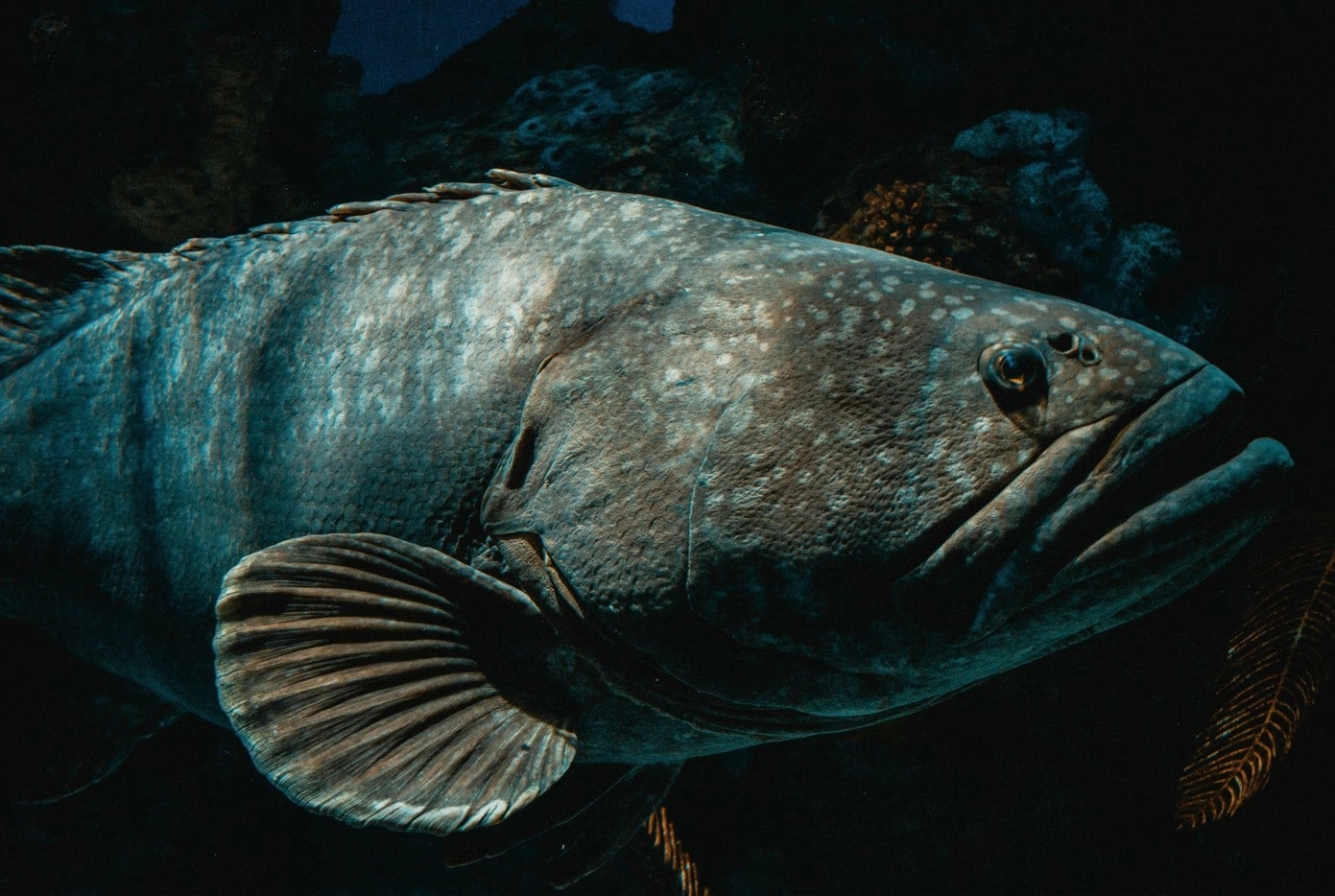If you’ve ever experienced tooth pain, you might be surprised to learn that the origin of this discomfort could be traced back to a creature that lived over 500 million years ago. Recent research suggests that certain anatomical structures in modern vertebrates, including humans, can be linked to ancient fish. These early organisms, particularly those from the Cambrian period, had unique dental features that have influenced the evolution of teeth in their descendants. The discovery sheds light on the evolutionary history of dental structures and can provide insights into contemporary dental issues.
The connection between ancient fish and modern teeth lies in the development of mineralized tissues and the emergence of different types of teeth. Researchers have found that the dental patterns observed in some of these prehistoric fish have direct parallels in the teeth of present-day species. For instance, the way teeth form and their structural composition can often be traced back to these ancient aquatic beings. Understanding this evolutionary link not only highlights the complexity of our own dental anatomy but also opens new avenues for studying dental health and diseases.
Moreover, the implications of this research extend beyond mere academic interest. By examining the evolutionary history of teeth, scientists can gain valuable insights into common dental problems faced by individuals today. For example, issues like tooth decay, gum disease, and tooth sensitivity could be better understood by exploring how these conditions evolved alongside our dental structures. This historical perspective can inform more effective treatment options and preventive measures, ultimately enhancing dental care practices.
In conclusion, the relationship between your toothache and a 500-million-year-old fish may seem far-fetched, but the links between ancient biology and modern health are profound. As researchers continue to delve into the evolutionary past of dental anatomy, they are unearthing valuable knowledge that can help address contemporary dental issues, paving the way for improved oral health for future generations. Understanding these connections not only enriches our grasp of human biology but also highlights the intricate web of life that has shaped our existence.




